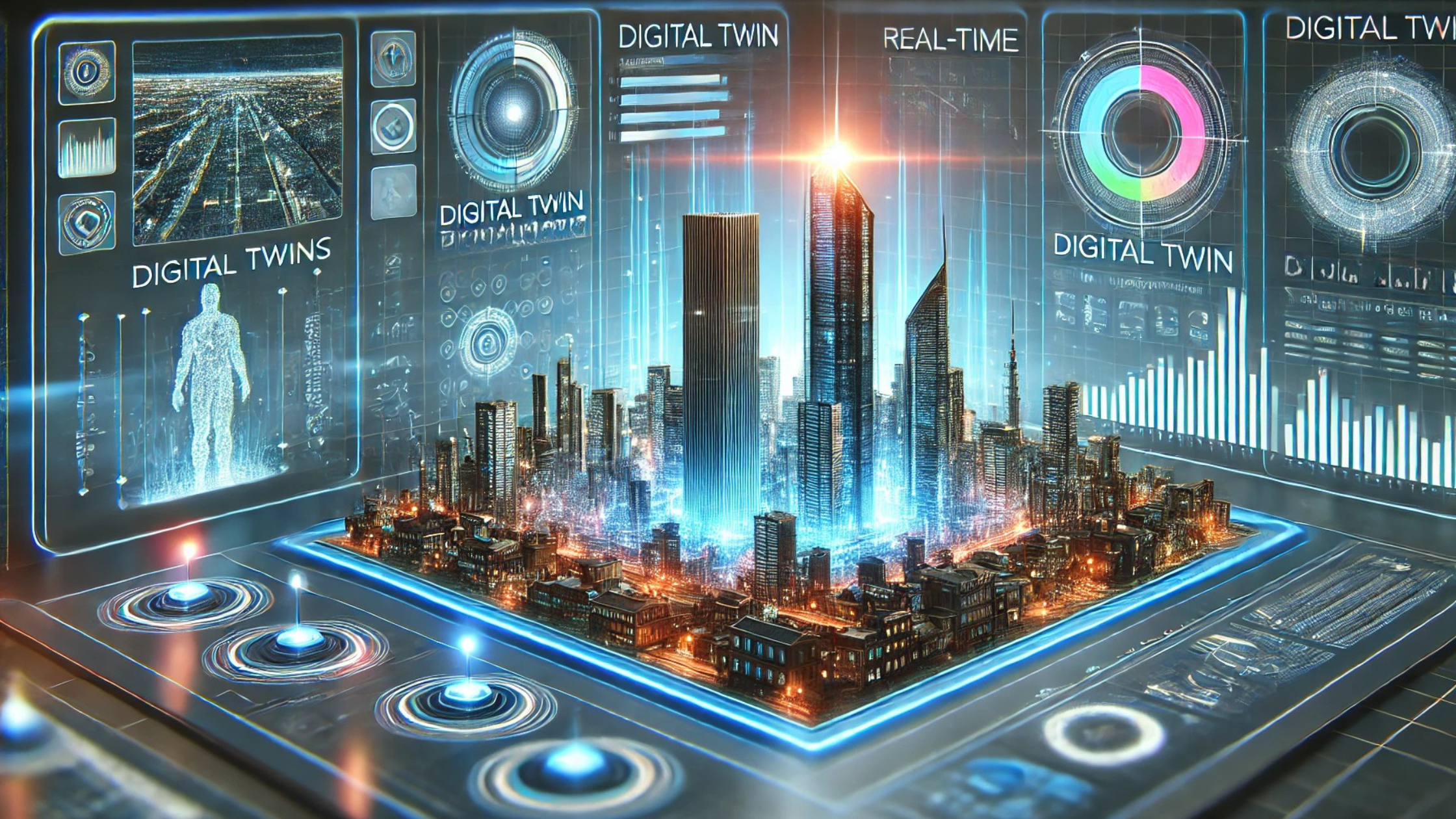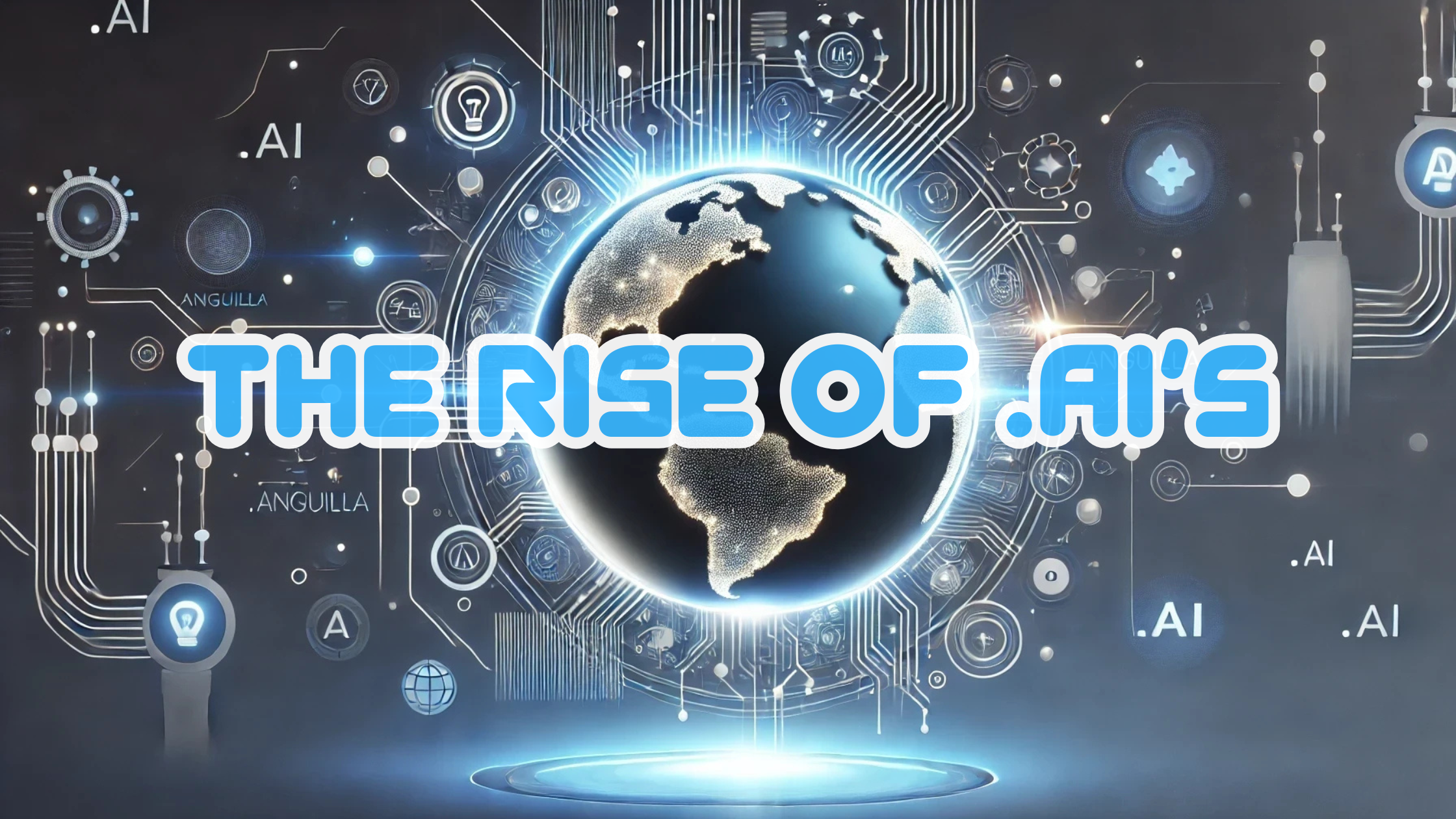Digital Twins: Virtual Decisions, Real-World Impact

Digital Twins
Imagine if you could predict system failures before they happen. That’s exactly what digital twins are doing—right now. In an era where technology is advancing faster than ever, digital twins are emerging as one of the most transformative innovations in engineering, design, and leadership. Originally conceived for aerospace, these virtual replicas of physical objects or systems—are now revolutionizing industries across the board.
What Are Digital Twins?
A digital twin is a dynamic, data-driven model of a real-world entity. It can represent anything from a single machine or an entire city. Connected through IoT (Internet of Things) sensors and powered by AI, digital twins allow organizations to monitor, simulate, and optimize assets in real time.
How Digital Twins Work:
- Data Capture: Sensors on physical systems collect real-time data.
- Virtual Modeling: The data feeds into a software-based model to create an accurate digital replica.
- Simulation: Engineers and leaders can simulate scenarios, test solutions, and predict outcomes.
- Feedback Loop: Insights from the twin are applied to improve the physical system.
NASA, for example, uses digital twins to simulate spacecraft performance under extreme conditions before launch, reducing risk and optimizing efficiency.
Why Digital Twins Matter
This technology bridges the gap between the physical and digital worlds, providing key benefits such as:
- Improved Efficiency: Optimize processes, reduce waste, and enhance productivity.
- Cost Savings: Minimize costly errors and eliminate the need for multiple prototypes.
- Predictive Insights: Forecast equipment failures and prevent downtime before issues arise.
- Sustainability: Model and implement energy-efficient solutions for industries like construction and energy.
Applications of Digital Twins
-
Smart Cities: Singapore leverages digital twins to optimize traffic, energy use, and infrastructure planning.
-
Building Design: Architects test for energy efficiency and durability before breaking ground.
- Production Optimization: Identifying bottlenecks and improving factory efficiency.
- Predictive Maintenance: Machines alert operators to issues before they occur, reducing downtime.
- Patient Care: Digital twins of individual patients allow doctors to simulate treatments and predict outcomes.
- Hospital Operations: Optimizing staff, beds, and medical resource allocation.
- Design Testing: Simulating extreme conditions without costly prototypes.
- Lifecycle Monitoring: Tracking wear and tear on aircraft and vehicles for safety and longevity.
-
Grid Management: Monitoring power grids and preventing outages.
-
Oil and Gas: Detecting leaks and optimizing resource efficiency in pipelines.
Siemens has implemented digital twins in manufacturing, reducing machine downtime by 50% and increasing productivity.
What Can Individuals and Leaders Do With This Knowledge?
Digital twins aren’t just for corporations—individuals and smaller organizations can also benefit:
For Engineers and Technologists:
- Learn Digital Twin Technology: Gain expertise in software like Siemens NX or ANSYS Twin Builder to stay ahead in your career.
- Propose Pilot Projects: If your organization hasn’t implemented digital twins yet, propose a pilot project to test its benefits.
For Leaders and Managers:
- Adopt Incrementally: Start small with a specific use case, such as predictive maintenance, and scale as you see ROI.
- Invest in Training: Educate your team on how to interpret and act on insights from digital twins.
For Entrepreneurs and Innovators:
- Identify Market Gaps: Develop solutions or services that leverage digital twins in underserved industries.
- Explore Applications in Emerging Markets: Consider how digital twins could revolutionize fields like agriculture, retail, or education.
For Everyone:
- Stay Informed: Keep an eye on industries adopting digital twins to anticipate new trends and opportunities.
- Leverage Personal Tools: Some tools like Matterport or OpenSpace are making twin-like technologies accessible to smaller businesses.
Challenges and Considerations
While digital twins offer immense potential, they come with challenges:
- Data Integration: Ensuring all data sources are compatible is a technical hurdle.
- Cybersecurity Risks: With sensitive data feeding digital twins, robust security measures are essential.
- Initial Costs: Developing and deploying digital twins requires upfront investment in technology and expertise.
Despite these challenges, the digital twin market is projected to exceed $110 billion by 2028, making it one of the fastest-growing sectors in AI and IoT.
The Future of Digital Twins
As AI, IoT, and cloud computing advance, digital twins will expand into new frontiers:
- Autonomous Systems: Enabling self-driving cars and next-gen drones.
- Space Exploration: NASA is already using digital twins to simulate and optimize spacecraft missions.
- Disaster Response: Modeling real-time natural disasters to improve emergency responses.
Conclusion: A Bridge to Tomorrow
Digital twins aren’t the future—they’re the present. They are more than just a technology—they’re a strategy for innovation, efficiency, and growth.
For individuals and organizations alike, understanding and leveraging this technology will be key to staying competitive in the rapidly evolving digital landscape.
The question is no longer if digital twins will become the norm—it’s how fast you’ll adapt.
References
- MarketsandMarkets. (2023). "Digital Twin Market Worth $110.1 Billion by 2028." Link
- Siemens. (2023). "Predictive Maintenance and Digital Twins in Manufacturing." Link
- Forbes. (2024). "From NASA to Factory Floors: The Evolution of Digital Twin Technology." Link
- 8allocate. (2023). "AI in Manufacturing: Revolutionizing Efficiency and Productivity." Link
Follow us on LinkedIn:
Do you know of any other exciting industry trends? Let us know on LinkedIn— we’d love to hear from you!
